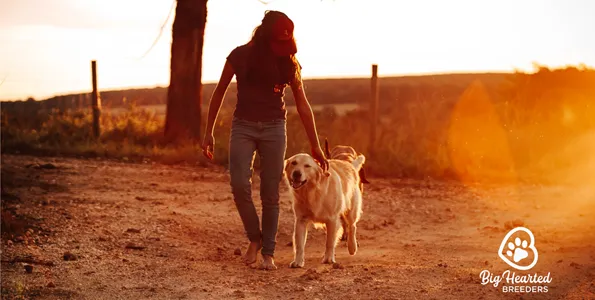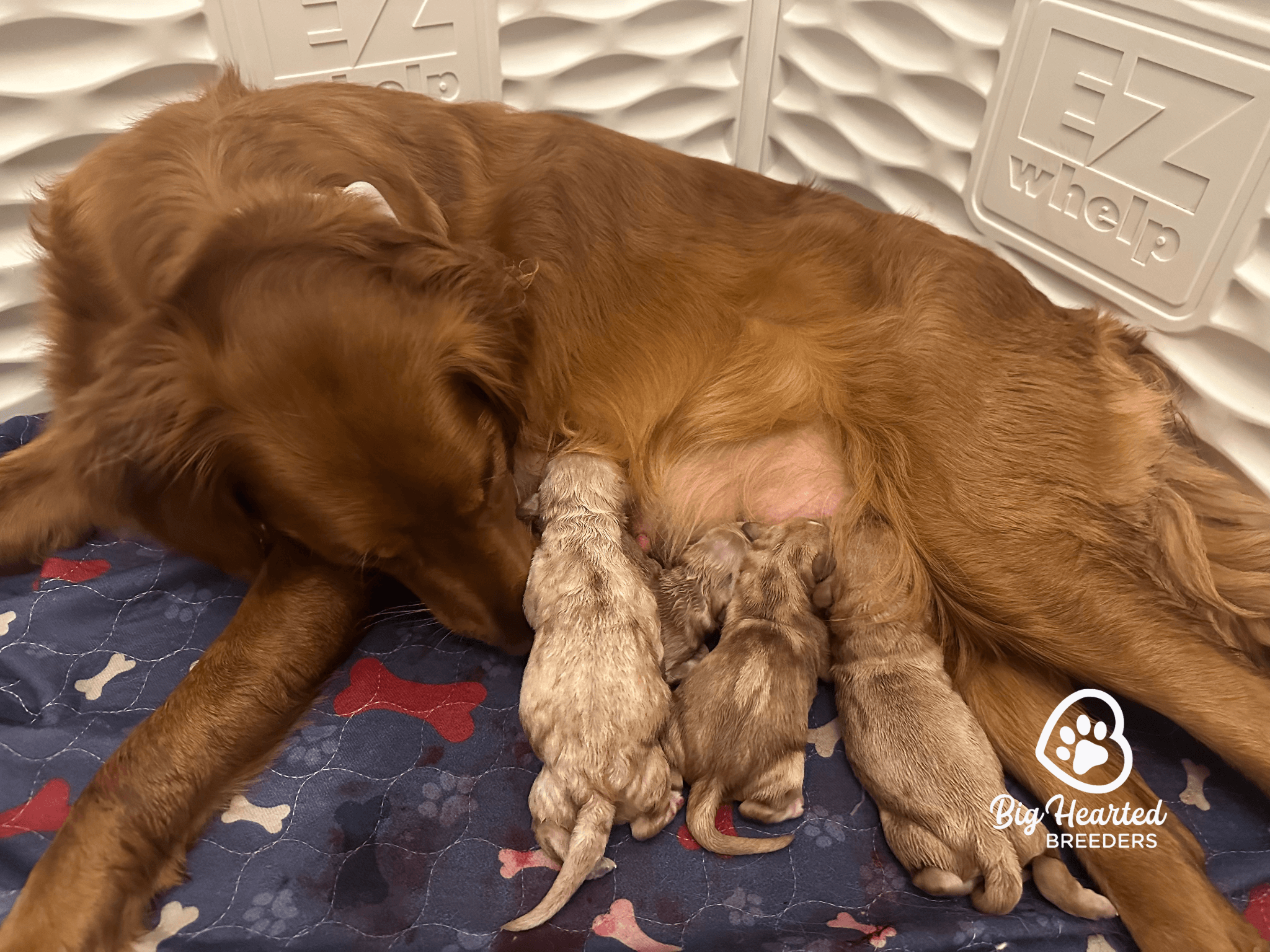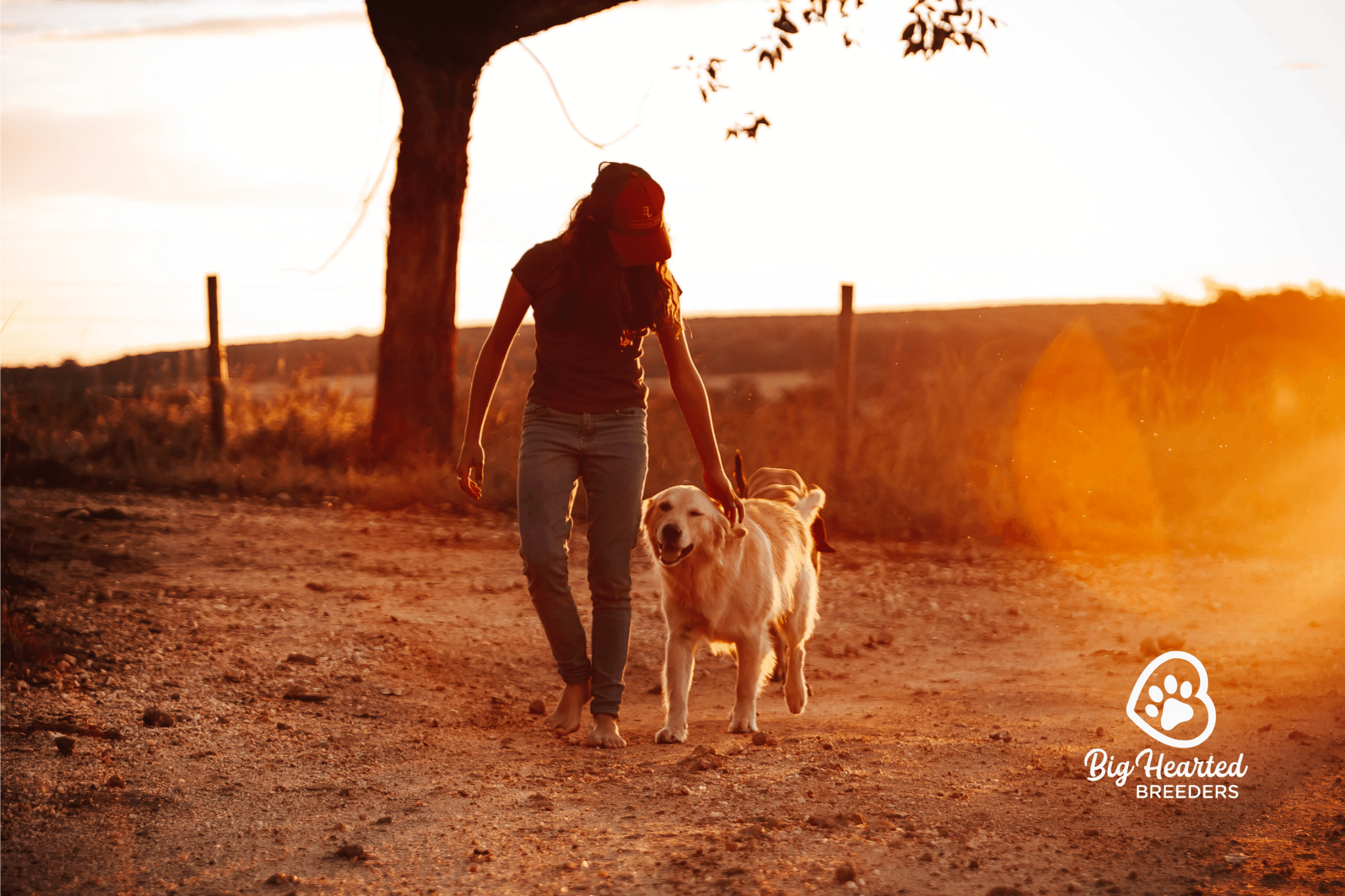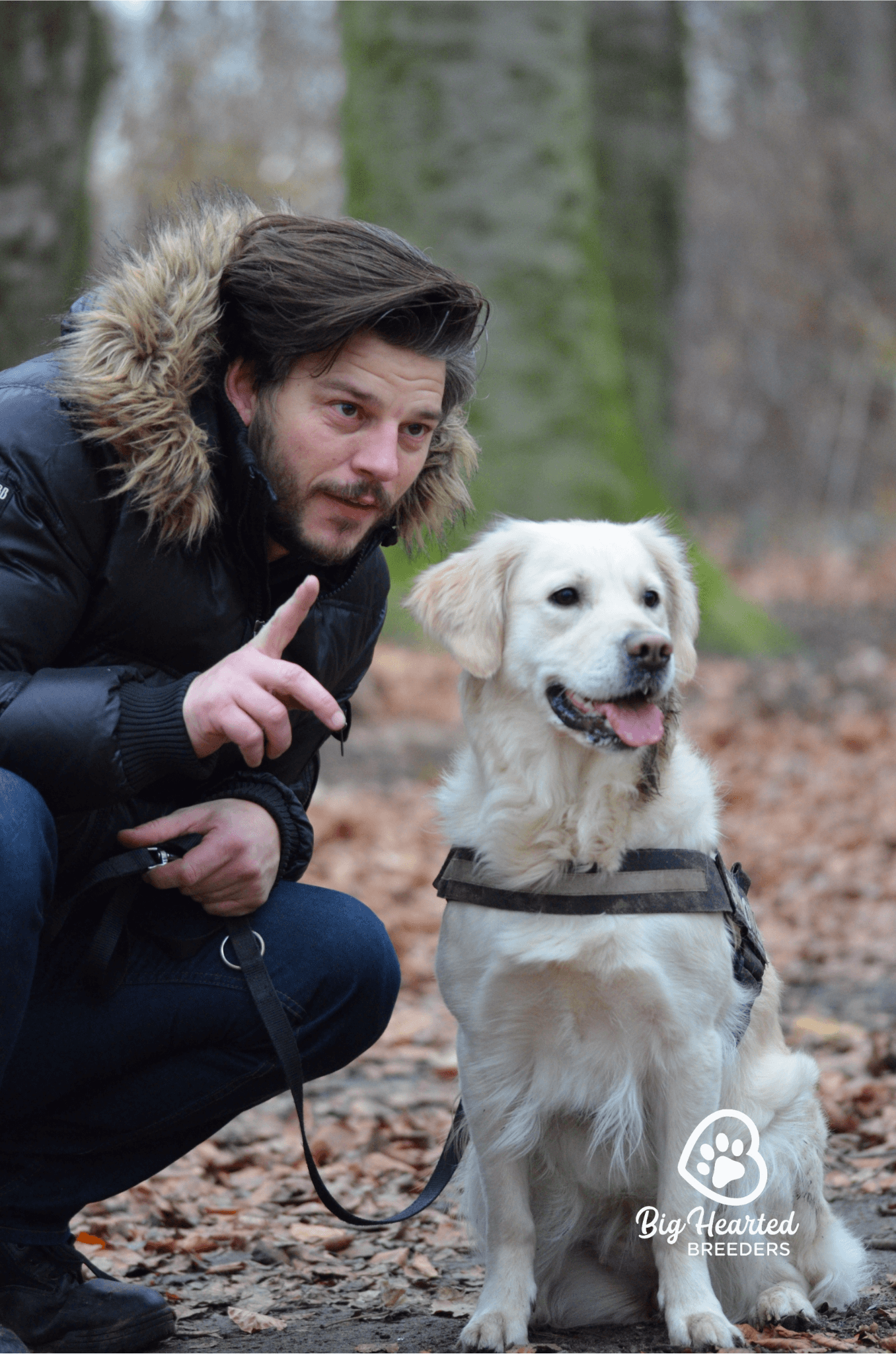


How to PROPERLY Train Your Dog For Good Behavior
When finding the best way to train your dog, there is a lot of conflicting advice. So, what is the best way? I’d say balanced is best.
Your dog needs positive training to teach them what to do. Additionally, correction training is necessary to correct them when they lose focus or decide not to listen.
I met with Sean Knudsen of Innovative K9 Academy. He trains dogs in Utah to be able to have off-leash obedience. If you’d like to watch the interview, you can do so here:
Positive Training
In today’s world there is a big push to do positive only training. The idea of positive only training is to reward with food when the dog does something good.
This works if the dog is always hungry, wants food more than whatever is distracting it, and is eager to please. When the dog notices a squirrel or cat, it becomes more interesting than the treat being offered. You are unable to communicate or correct the dog's behavior. You have lost its attention.

A mother dog and her puppies communicate, though not in the same way humans do. It is clear to see this when observing them. They are not giving their puppies treats to give positive reinforcement.
They are nipping, biting, growling, etc. which is communicating to their puppies for them to knock it off. They are warning their puppies that more consequences could follow if they do not listen. This is the same thing you will see if you look at a pack of wild dogs or wolves. They are not holding treats up, they are growling and correcting each other.
Correction Training
Trainers on the opposite end of the spectrum have a different opinion. They believe positive only training produces dogs that only obey when offered a treat. As a result, they claim, these dogs aren't truly trained to obey, they just beg.
A wild pack typically has an alpha dog. This dog usually becomes the alpha through a fight. The other dog must either submit or die.
This is not the environment that we want to create for our dogs. We never want to make them feel like they are in a fight for their life. We also don’t want dogs to only listen because we have a treat for them. So what can we do to have the best of both worlds, a dog that respects and obeys us?
Balanced Training
The answer is BALANCE. We want to use food, but don’t show them the food. We ask them to do something and once they do it, then they get the reward.
Food is there to train them and teach them what they should be doing. Once they understand the desired behavior, we will use correction to condition them. This will ensure they do it every time, even if there are distractions.
It does not matter what language you train in as long as you are consistent. You reward them when they are obedient and correct them when they get distracted or are not obedient.
Rewards can also be used to build confidence, especially in puppies. Anything that a dog is nervous around, you can use food to build up that confidence.

Gain confidence, focus, and a positive relationship. Then, move on to making corrections. Without these things, you won't have reliability in the training. Even the best, most food motivated dog will get full at some point.
If you want your dog to be off leash or not pulling on the leash, there must be correction. Without it, you won't get reliable behavior from your dog.
How to Correct Your Dog
So, you may be wondering how you should go about correcting your dog.
I recommend starting with what we call leash pressure. This is basically teaching the dog to give to the pressure on the leash. Use a pinch (prong) collar, which creates a little bit of pressure on the dog’s neck. We move the dog backwards, as soon as it moves backward we say yes, give it a treat.
We do the same thing with the sit and with the down. We’re not physically making the dog do this, we are teaching it and then rewarding it with a treat. We are teaching them to give to the pressure. Once they understand that concept, it is pretty easy to give minor corrections as you are walking them.
Once the dog has mastered walking on a leash, the next step is to introduce an e-collar. Condition the dog to the e-collar gradually.
First, we pair the e-collar with the leash. We then give them small corrections with the leash. We also correct them at a low level with the e-collar, so they understand what it means.
So, by the time they are finished with training they understand the e-collar signal. If they are walking off-leash and begin to get ahead, they will feel that correction on the e-collar. This will remind them to get back into position.
Your dog may walk off-leash and begin to get distracted by a squirrel. We would immediately say “no” and correct them on the e-collar. The e-collar will be turned up to whatever level your dog decides that they need. This will remind them of their training to come back.
And then the next time you will probably need to correct them less and the next time even less. This is because they understand what you want from them. You have rewarded them when they have done well. They also understand what they have done wrong because you have corrected them accordingly.

We’re not forcing them. We are asking them to do something and they are able to make a choice. They will either be rewarded or corrected depending on what they decide to do.
If you're nervous about using a pinch (prong) collar, you can take them and put them on yourself. If you put the pinch collar around your arm and pull on it you can feel how the even pressure works. It is actually better for your dog then the typical flat collar (especially if they are pulling).
The e-collar on the lower levels can actually feel just like a little tap. It is really meant to be a reminder to your pup of what they should be doing. Using these things on yourself first can help you feel more comfortable and confident using them with your dog.
If you’d like more information about how Big Hearted Breeders prepares puppies to be trainable, please complete the form below!
Leave a comment

KEEP IN TOUCH
Subscribe for periodic updates
Copyright © 2024 Big Hearted Breeders

